Scientific Method (Entry # 1)
Note: This was originally in a newsletter format as a word document.
The SciFiles
Step 1…
Ask a question. Decide what it is you want to answer and why? Actually a famous Chinese proverb says, “One who asks a question is a fool for five minutes; one who does not ask a question remains a fool forever.” Because no matter whether it is science or just everyday life, asking questions can “open doors” to all kinds of places.
Do Background Research…
Have you ever tried to build a house without concrete? Well, have you ever tried to build a house, period?
If you have not…which is most people, then you should at least know that to build a house right it needs a strong foundation. Now raise your hand if you know everything, about everything? Nobody? Well… then you always need to do research to find out more.
Background research is the foundation of any strong “sturdy” scientific inquiry. It allows you to know more about whatever the experiment will be on and makes it more likely that you will make an accurate prediction of your results. Basically, why would you even bother to build a house without foundation? You wouldn’t…so research allows you to build an experiment that could affect the world, just because you wanted to learn a little more about something.
Step 3…Form a hypothesis….wait, what is a hypothesis?
There are so many different ideas about what a hypothesis is. In elementary it is an “educated guess” and in middle school it is an “if – then statement” and as we actually begin to examine scientific procedures and experiments, a hypothesis becomes crucial because it is what determines what we seek to find when conducting an experiment.
Whether looking at recent biology experiments or studying classic psychology experiments, knowing what was the reason for experiment makes is easier to analyze and understand. It is finally deciding what question needs to be answered and what will likely happen once you achieve some results.
Experiment!
Competition in this year’s science fair looks tough!
Here at KHHS students are doing some amazing experiments! From using a centrifuge to identify DNA genomes to building speakers that better disperse sound, these students are working non-stop to get all their experiments ready to present by December 5th.
One student has even taken to calling his leafy test subject his “baby”. Students spent weeks researching before picking their topics. Now they are all testing, building, and asking questions as they work on their experiments. Personally, it is awesome to see all these experiments come to life as students get excited about science.
Test your results
Test the results to make them more accurate. You can’t prove that “bad boy” wrong if they are not experimented more than once. If the results are the same, that makes it even better.
Trials for example, test the hypothesis, which verifies the experiment or creates a final result. Like, recently my friends and I did the same experiment and we got some funky results. Only three of us got slightly similar results and we would have never noticed the other individual results were wrong if we had not done the experiments several times to begin with.
Step 6… Why do you need to publish your results?
In the 1940’s DNA experimentation was barely beginning. Can you believe people had no idea how important DNA was? What would we be without DNA? We would not exist.
All the developments made in DNA research are thanks to people publishing the results of their experiments so that others in the scientific community could build on them. It has pushed DNA research to where it is today.
Did you know Watson and Crick, the two Cambridge students credited for determining the structure of DNA, based their work on an experiment by Rosalind Franklin? Science can be furthered by building on previous experiments and the only way to share the results with the scientific community is by publishing the results.
Want more information? Look where we looked…
http://www.sciencebuddies.org/mentoring/project_scientific_method.shtml
http://teacher.pas.rochester.edu/PHY_LABS/AppendixE/AppendixE.html
http://biology.clc.uc.edu/courses/bio104/SCI_meth.htm
http://www.biology4kids.com/files/studies_scimethod.html
http://onelook.com/?w=hypothesis&ls=a
http://static.howstuffworks.com/gif/scientific-method-7.jpg
Authors:
Andrea Azzalin, Alyssa Reyes, Karl Herrera and Cynthia Aguilar
